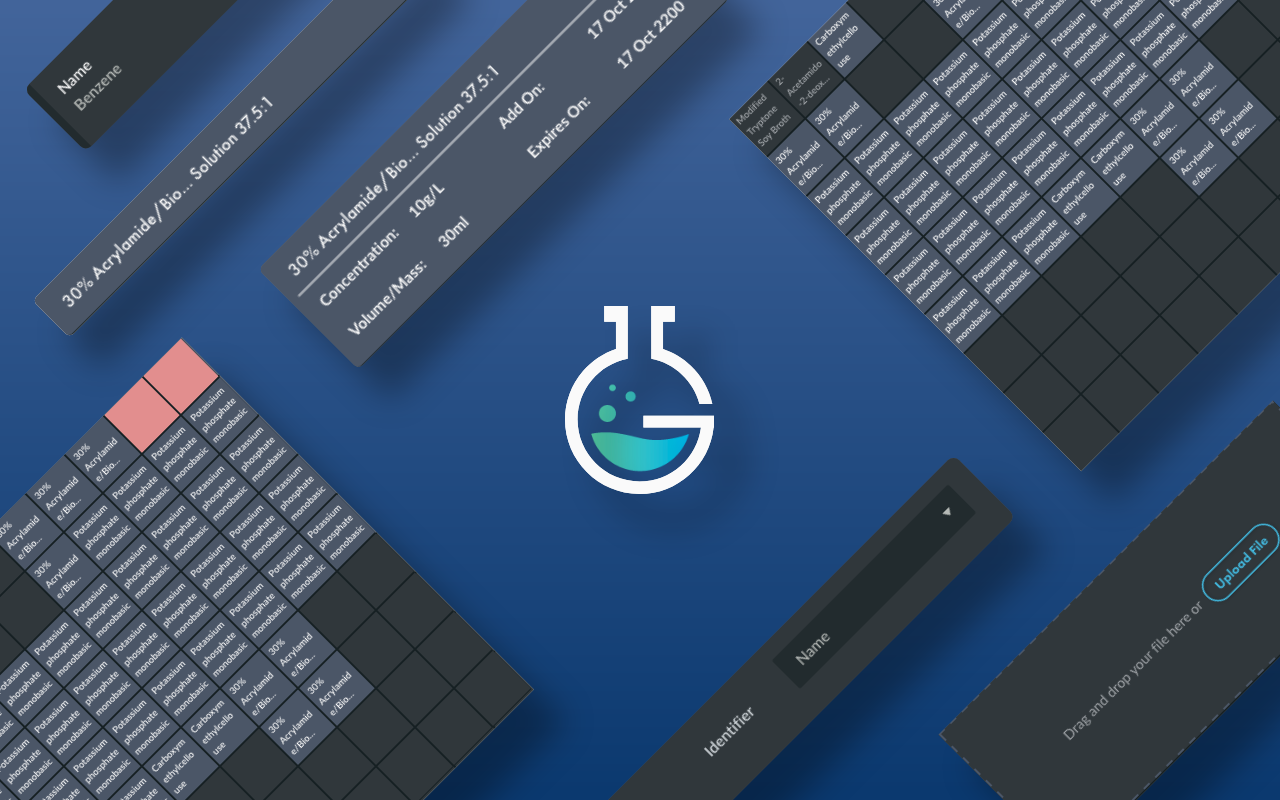2018, Metamedia: Evaluate machines for city construction projects
Problem: The old paper-based system is slow and inefficient to evaluate the performance of construction machinery used in Bangkok’s road construction.
What I did: I designed a new system (website and tablet application) that allows the Department of Highways(DOH) of Thailand officers to work together effectively.
Outcome: The new system saves at least one-third of the resource compared to the old paper-based system.
Research topics
Their old paper-based forms
The complexity of the evaluation process.
The involvement of people in multiple roles.
Information flows in each step.
Interviews
How each role works on the paper-based system.
Their pain points.
Users Pain Points
The paper-based system has high frictions, slow and inefficient.
Officers who went on work fields had to come back to fill in all paper works. They had to take a picture on the camera, printed it, and put it on the paper form.
Paper-based takes a long time to pass through departments.
Paper-based documents are hard to retrieve.
The goal for the design
Create an easy and efficient platform for all the roles.
Defining the right Platforms
WEBSITE: The website was created to support DOH officers to add heavy-duty vehicles, assign evaluation dates, and print reports.
The website can be accessed from multiple types of devices
It allows documents to pass-through departments faster
It is easier to retrieve documents in the future.
Tasks that can be done through tablet
TABLET APPLICATION: The application was designed mainly for fieldwork where officers can fill reports, sign documents, and notify authorities.
Tablets have good mobility which matches fieldwork.
It is big enough to fill reports and view documents.
budget friendly
Home page of different user roles
To maximize resources (developers’ and designer’s workload), I simplify one UI design for all officer roles. Each role is authorized to see and do different actions.
Tablet design: officer (field work)
Tablet design: Committees and Authority officer
Design Feedback
While designing each feature we went back and forth with the customers (officers) until the design is finalized.
Outcome
The new system saves at least one-third of the resource compared to the old paper-based system.
My Takeaways
When Leadership involved (customer’s side), They usually prefer a higher fidelity prototype to evaluate the product.
It is good to learn to adapt to clients’ company culture for good cooperation and long terms relationship.
If I would do it again
I would push to research deeper into how officers work in the field. The process of approval took a long time since there are a couple of officers working with us. The feedback from other departments on the officers’ side has to go through them. Deeper research will give me a better understanding of how users work and possibly design an application that matches officers’ environment better and requires fewer editions.
I’d defined success metrics. There weren’t any exact measurements of how efficient the new system is. We used Terms of reference (TOR) written by the government entities (in this case DOH) to measure deliverables. There was no UX related metrics like time taken to complete a project on the old paper-based system vs. a new digital system.












